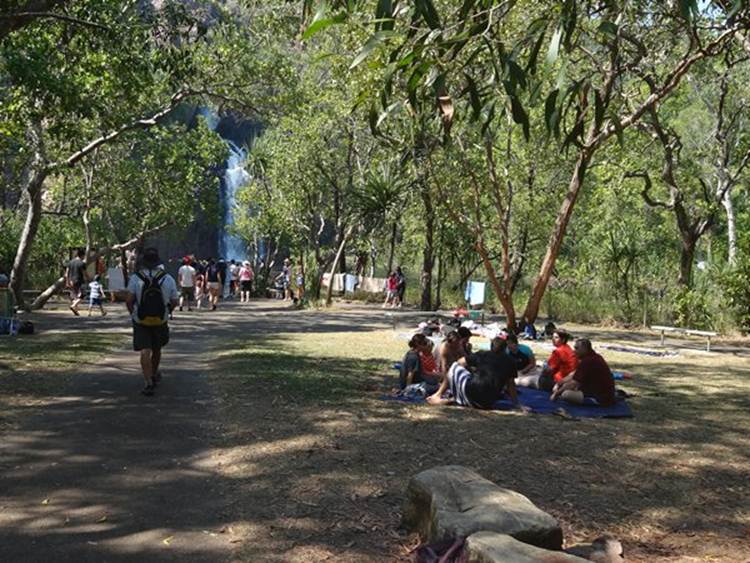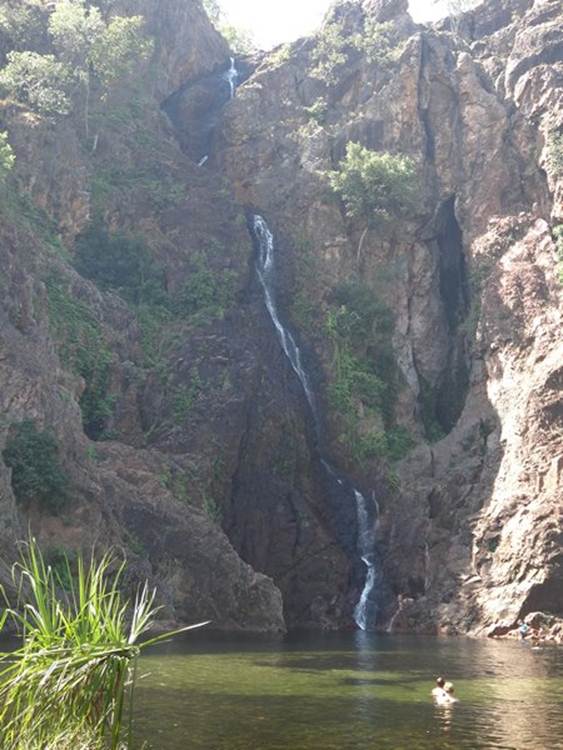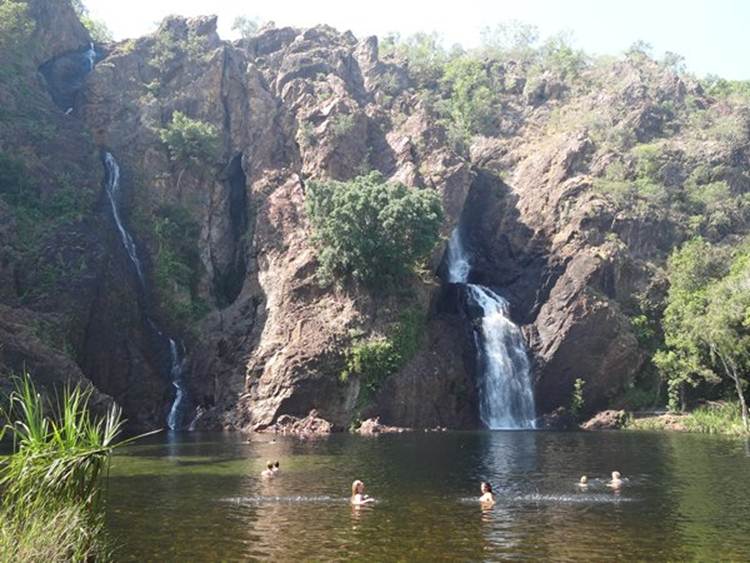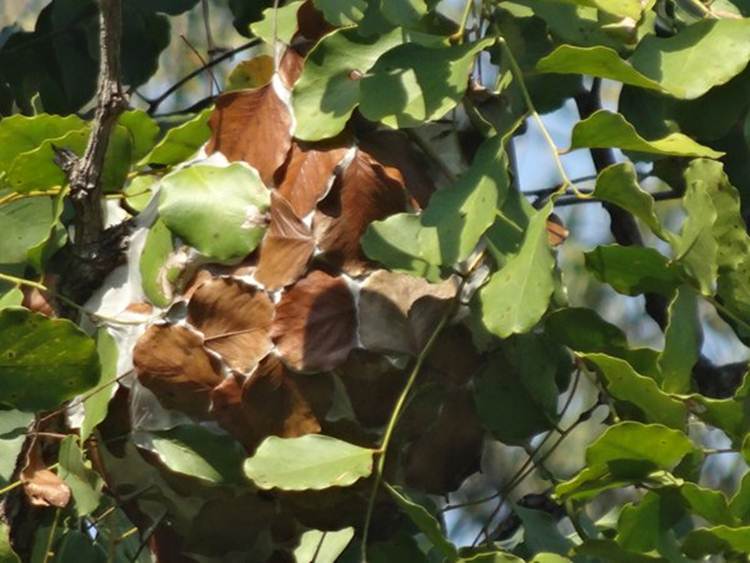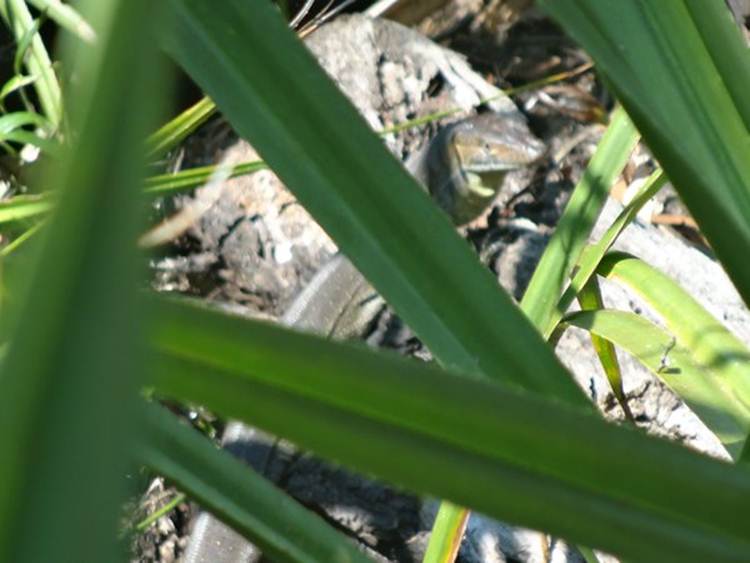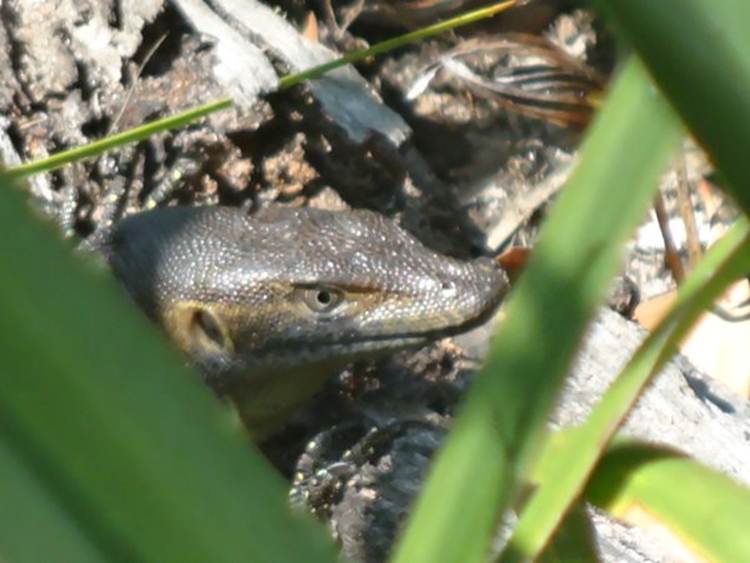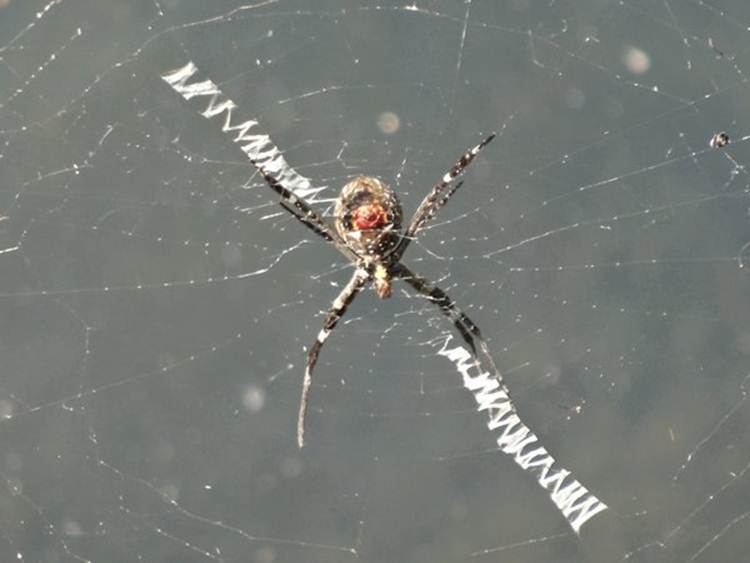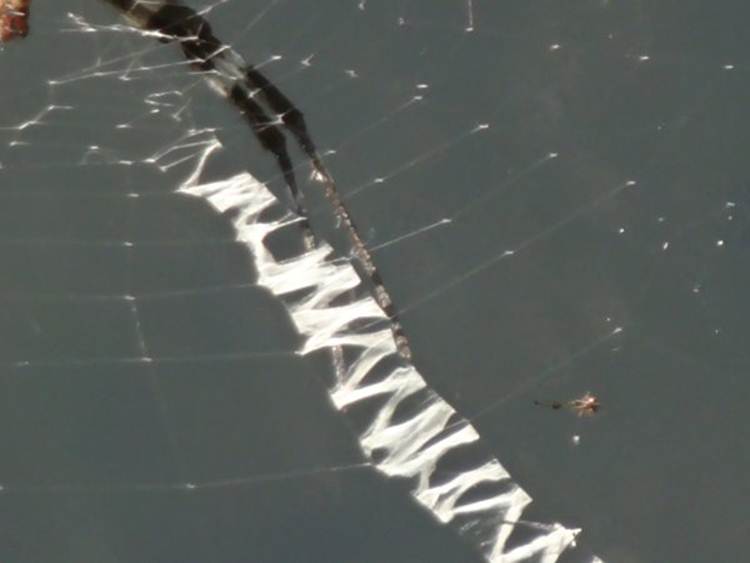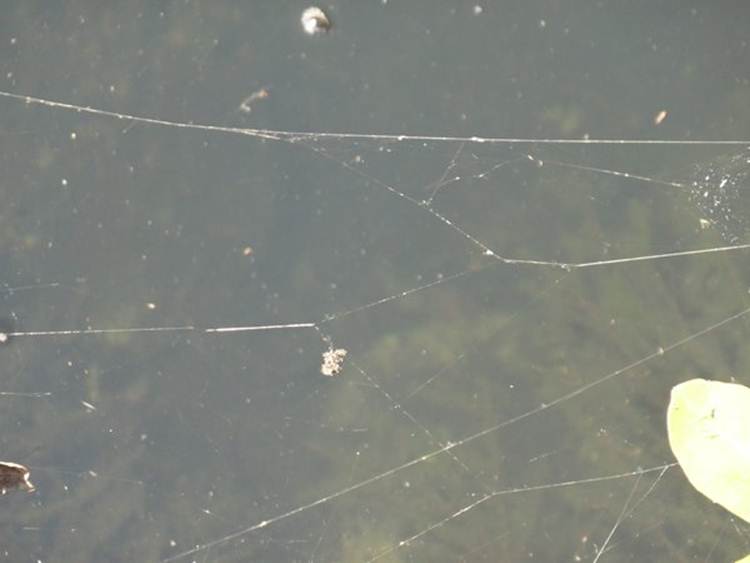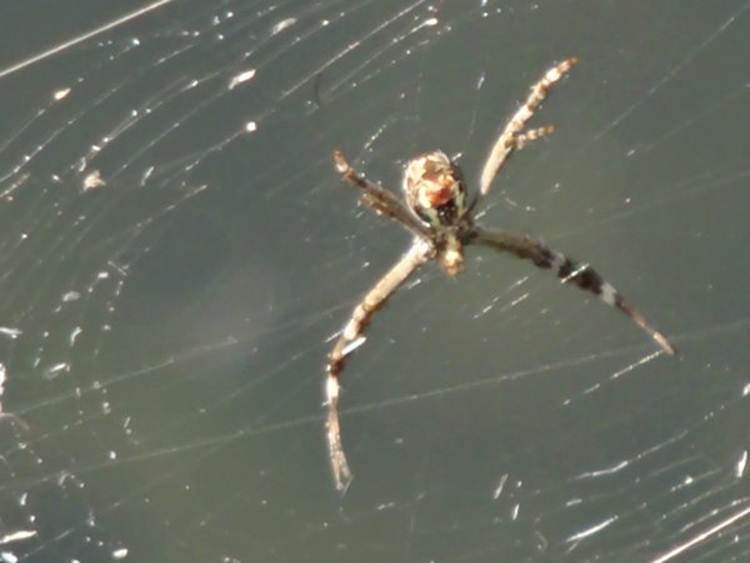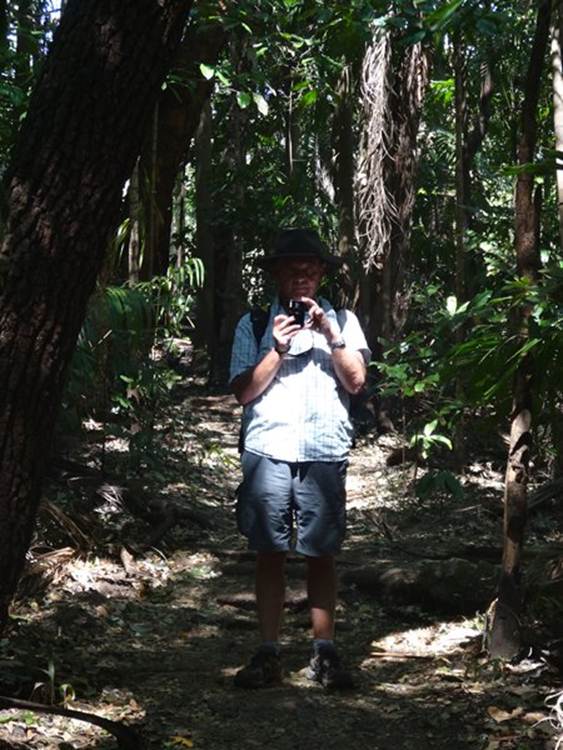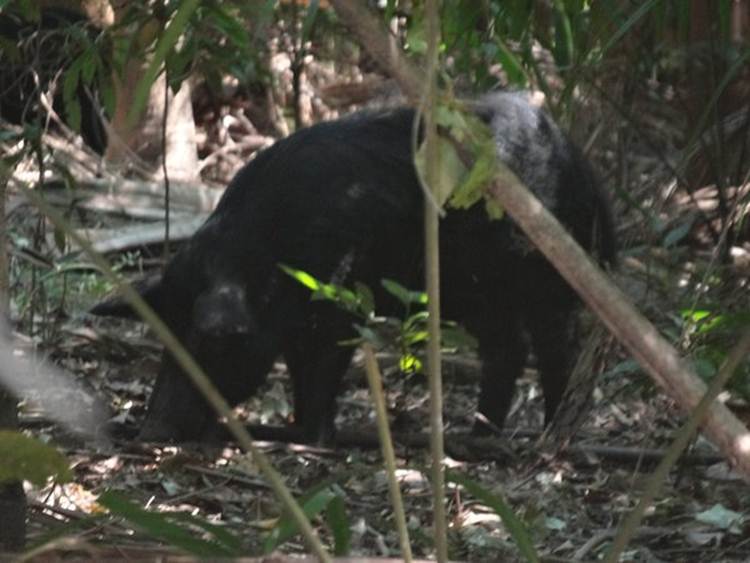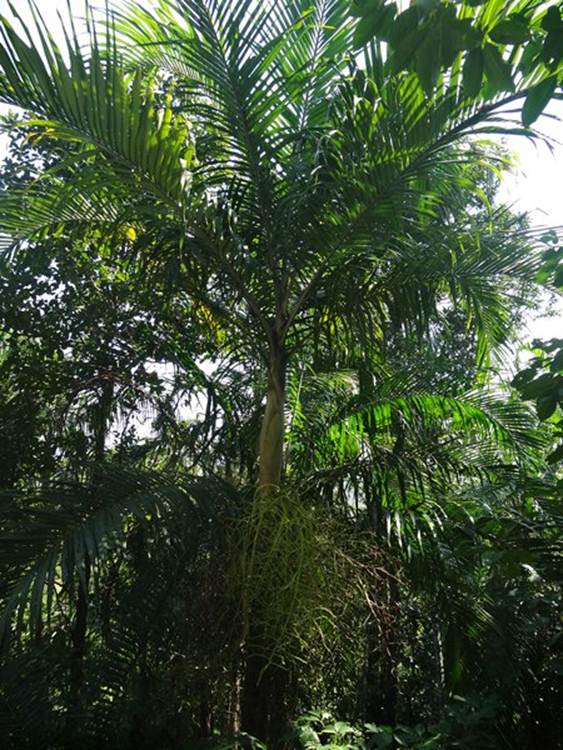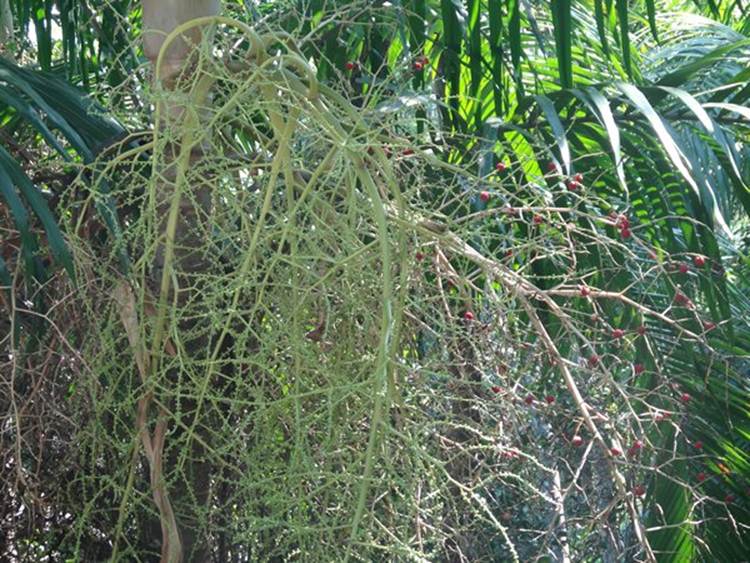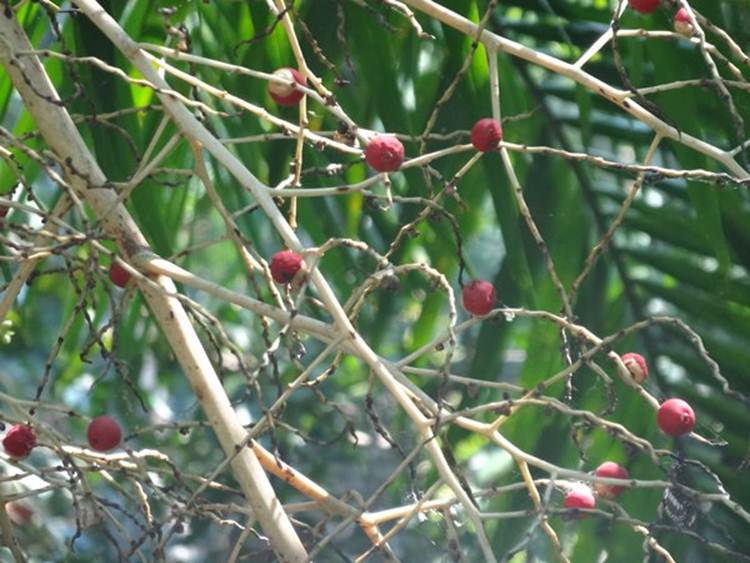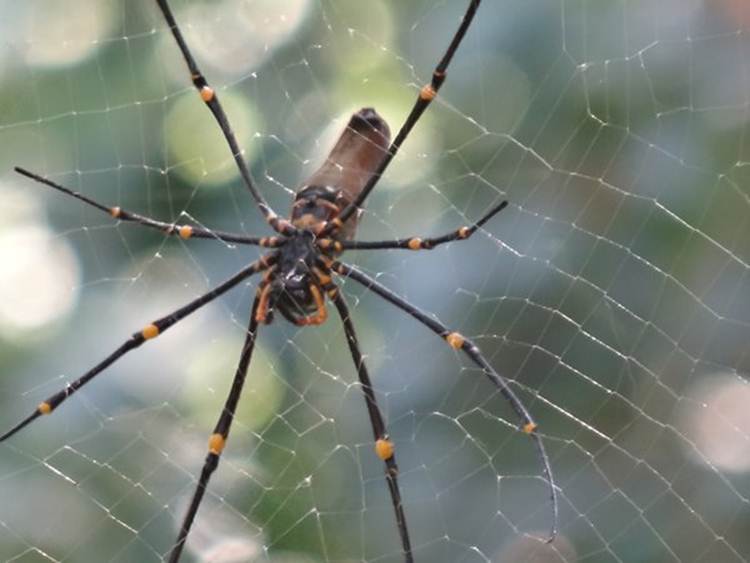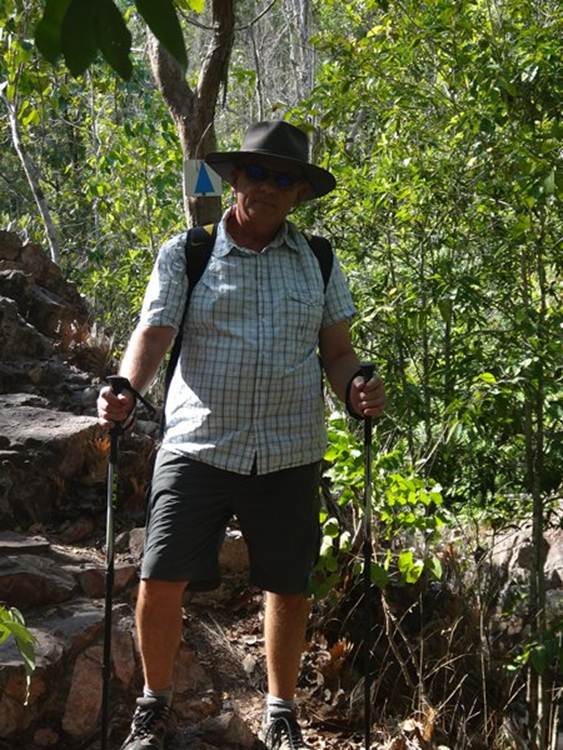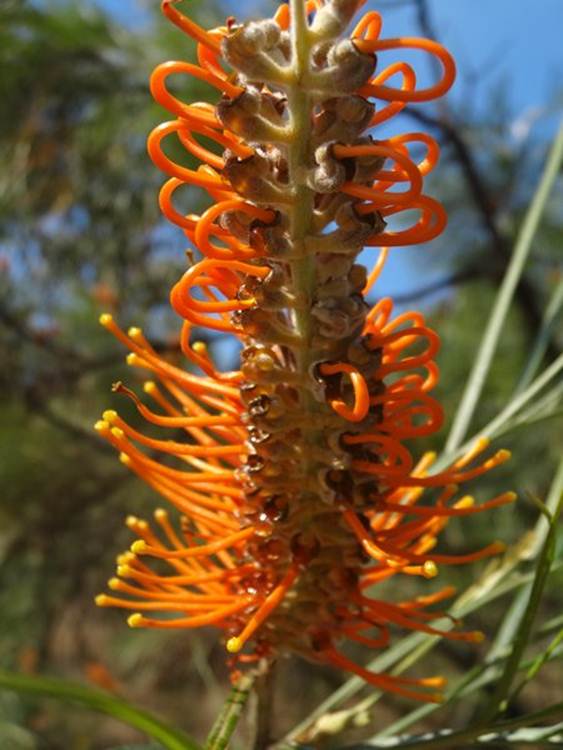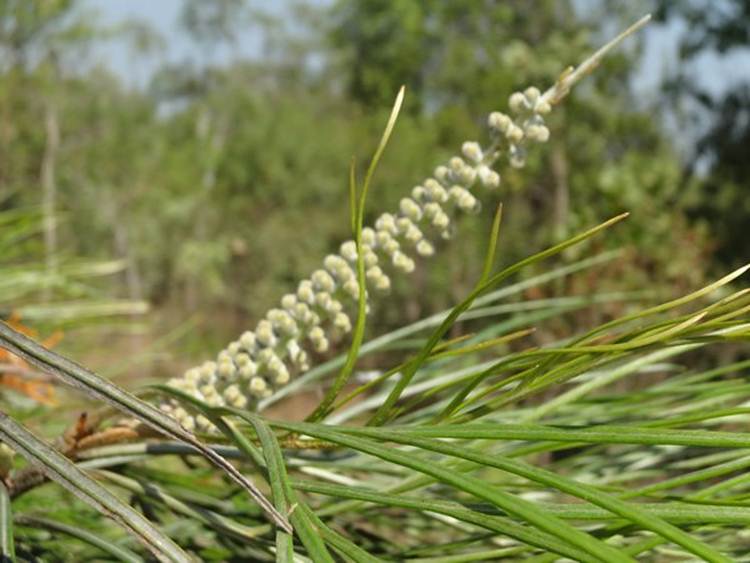Litchfield Waterfalls - Wangi and Cascades

Litchfield Park has several waterfalls that go into plunge pools. Litchfield National Park is the floodplains and hills of the Tabletop Range. Remember that shallow sea that once stretched across northern Australia. The Tabletop Range (and Arnhem Land Plateau) are all gradually eroding away at present. The sediments from which they were formed are themselves being returned to the sea. The landscape is composed of a very hard sandstone interspersed with faults filled with quartzite. Fast flowing streams have cut deep grooves into the erodible quartzite leaving deep gorges. Retreating sea levels left the cliff faces of the ranges and escarpments but continued erosion is causing their retreat. Although the sandstone erodes more slowly than the quartzite, it is porous and so soaks up the water but the quartzite is not. When the water hits quartzite it is channelled out from the cliff face. This is Wangi Falls, which is one of the most popular places to swim – it’s about 5 minutes from the car-park. You can just make out Paul on the foot-path in front.
This Wangi Falls itself with the plunge pool beneath – lighting not good due to the smoke. The waterfalls flow all year because the sandstones of the Tabletop Plateau act like a giant sponge. It absorbs the rain in the wet season and slowly releases the water over the dry season. Around the plunge pool you get river pandanus (Pandanus aquaticus). The fruits (shown before) break apart and provide food for large fish and turltles who help dispesr the seeds. ,
There are actually two falls here. You can’t really make it out but near the base of the waterfalls on the left is another small pool. Looks like a couple of people are sitting on the ledge to it.
You can do a walk up over the top and back down at Wangi Falls, but we were only able to go part way because of the bush fires. Here are more green ant nests. Now a ranger told Paul, the leaves are held together from the silk from silk worms. A series of ants form a bridge and pull the leaves together, another ant holds the silk worm in its jaws and uses it to stitch the leaves together. The silkworms are farmed for their silk and in return get food and lodging.
Here’s a lizard sunning himself.
At first I thought it was a snake because I caught a glimpse of the tail at first. Here’s it’s head.
This spider was dangling over the water’s edge. No idea what it is.
Looks like it has had to substantially strengthen its web.
The male is tiny. You can just about make out the male in top RHS, female is just by the leaf.
The male
Paul on the footpath.
Feral pig.
Carpentaria palms (Carpentaria acuminate) are huge – back in the tropics.
They grow masses of bright red berries in the wet season that are eaten by, amongst other thing) pigeons. This growth is just starting – from below the palm leaves.
You can just make out the dry and shrivelling berries above and in this shot.
This is the northern golden orb weaver (Nephila pilipes). This is another species that has big female and tiny males. The male shares the web with the female. A lot of orb species eat the male after mating, but, apparently, sexual cannibalism is rare in this species.
We also attempted to go to the Cascades waterfall. Got to a very narrow sippery gorge that you had to cross so turned around and came back. If onoy we were 20 years younger, or even 30, or even 40.
This is the fern-leaf grevillea (Grevillea pteriodifolia). This is found all across the top end. Glistened with nectar but you can’t really see it here. Bats, birds and insects eat the nectar.
About to flower.
|
